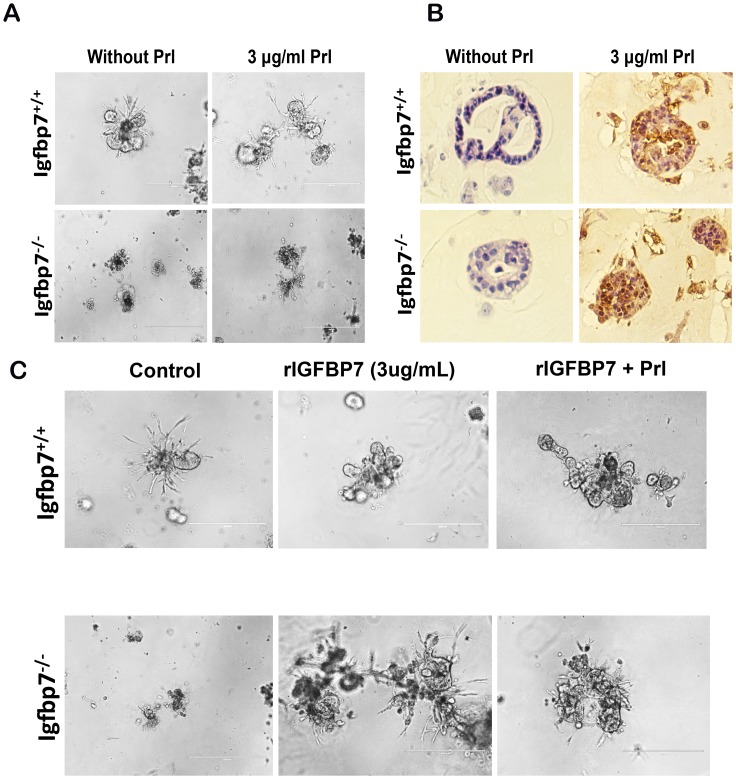Figure 4. Igfbp7−/− mammary epithelial cells show defective alveolar differentiation in matrigel.
Inguinal glands from 11-week old virgin WT (Igfbp7+/+) or Igfbp7−/− mice were extracted and made into single-cell suspension were placed in matrigel cultures for 5 days. (A) To induce alveolar development, matrigel cultures were treated with 30 ng/mL of Prolactin (Prl) for two days. As can be seen WT cells developed alveolar structures that in the presence of Prl differentiated into multi-lobular structures. Interestingly however, the Igfbp7−/− cells formed much smaller alveolar structures that failed to develop into multi-lobular structure in the presence of Prl. (B) To examine if in presence of Prl, the WT or the Igfbp7−/− cells can differentiate into milk-producing cells, the matrigel cultures were fixed and sectioned, and the expression of β-casein protein was determined immunohistochemically (brown staining). As shown, WT and Igfbp7−/− cells can differentiate into milk-producing cells. (C) To examine if recombinant IGFBP7 (rIGFBP7) can restore the lobular differentiation ability of the Igfbp7−/− mammary cells, matrigel cultures were set up as in (A) and rIGFBP7 (3 µg/mL) was added to the matrigel cultures for 2 days. As shown, the addition of rIGFBP7 is sufficient to cause the Igfbp7−/− mammary cells to form multi-lobular structures similar to the WT cells. The addition of rIGFBP7 and Prl did not yield any synergistic affects. These data suggest that alveolar differentiation defects may be due cell autonomous effects of Igfbp7 loss.

